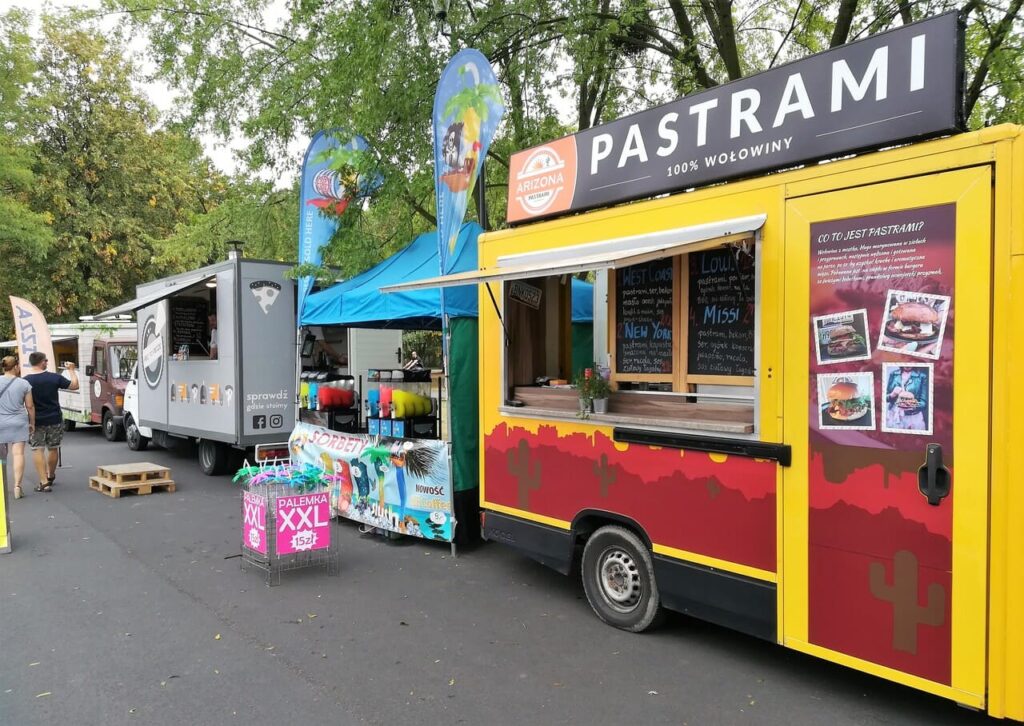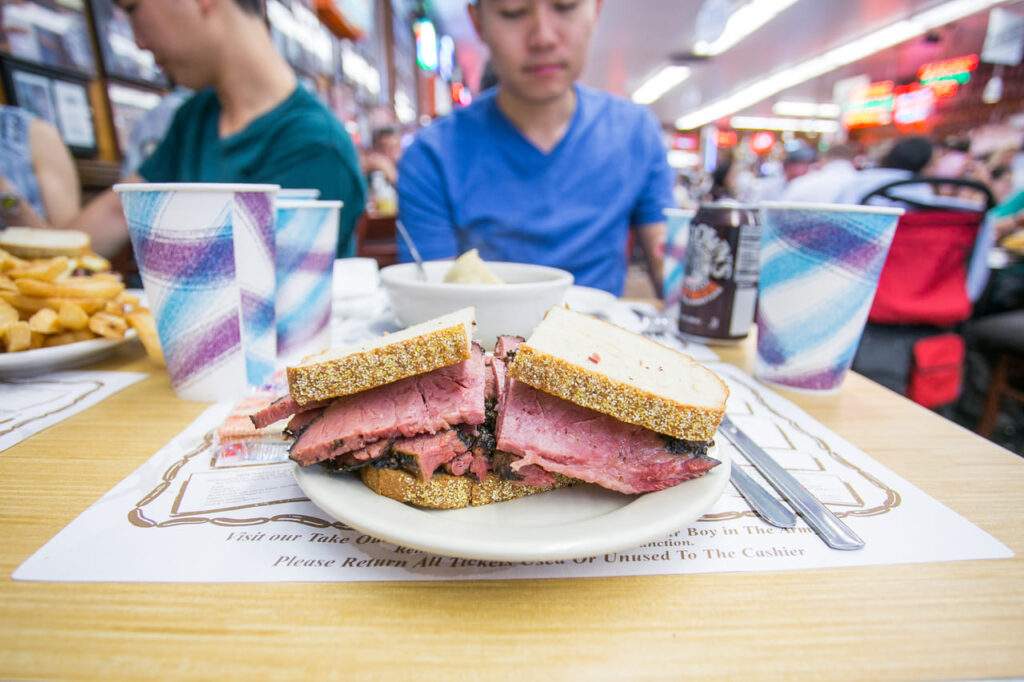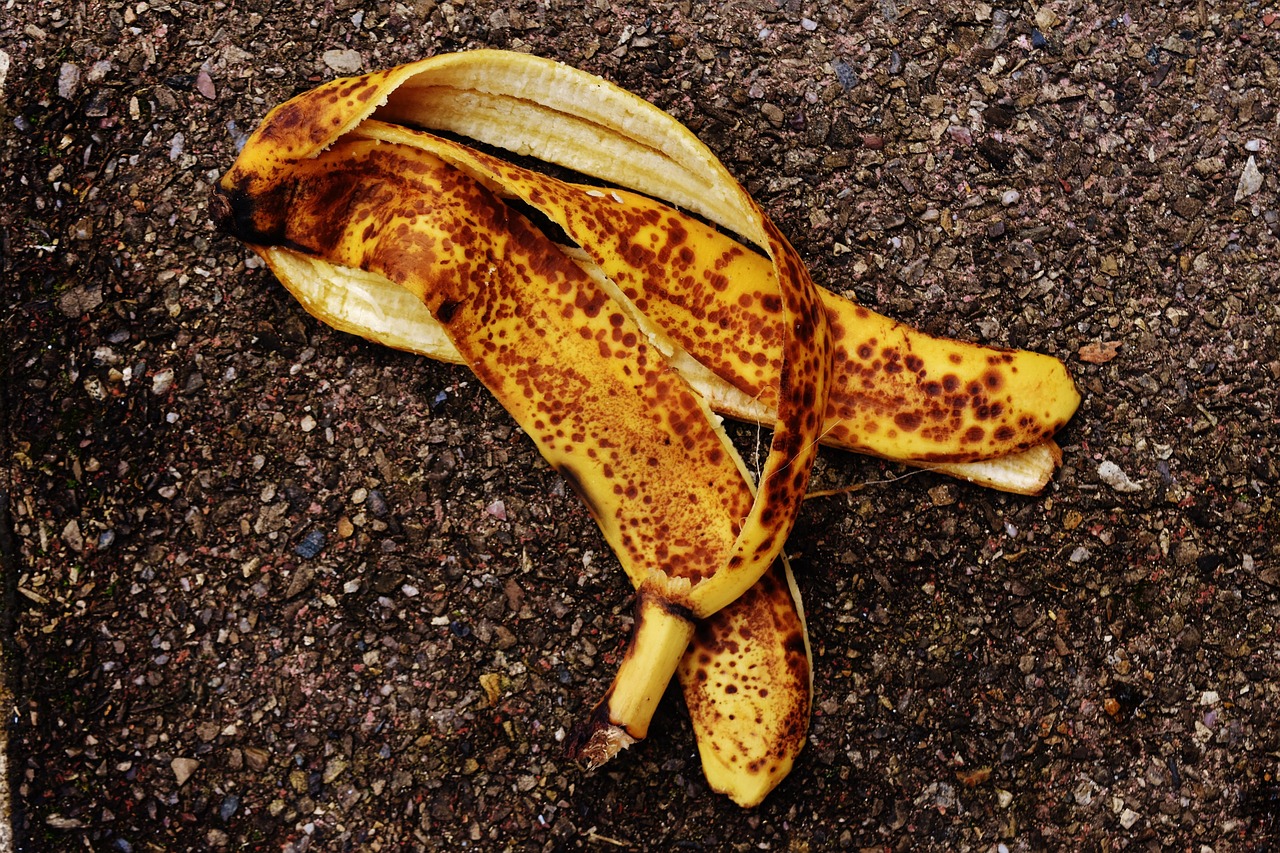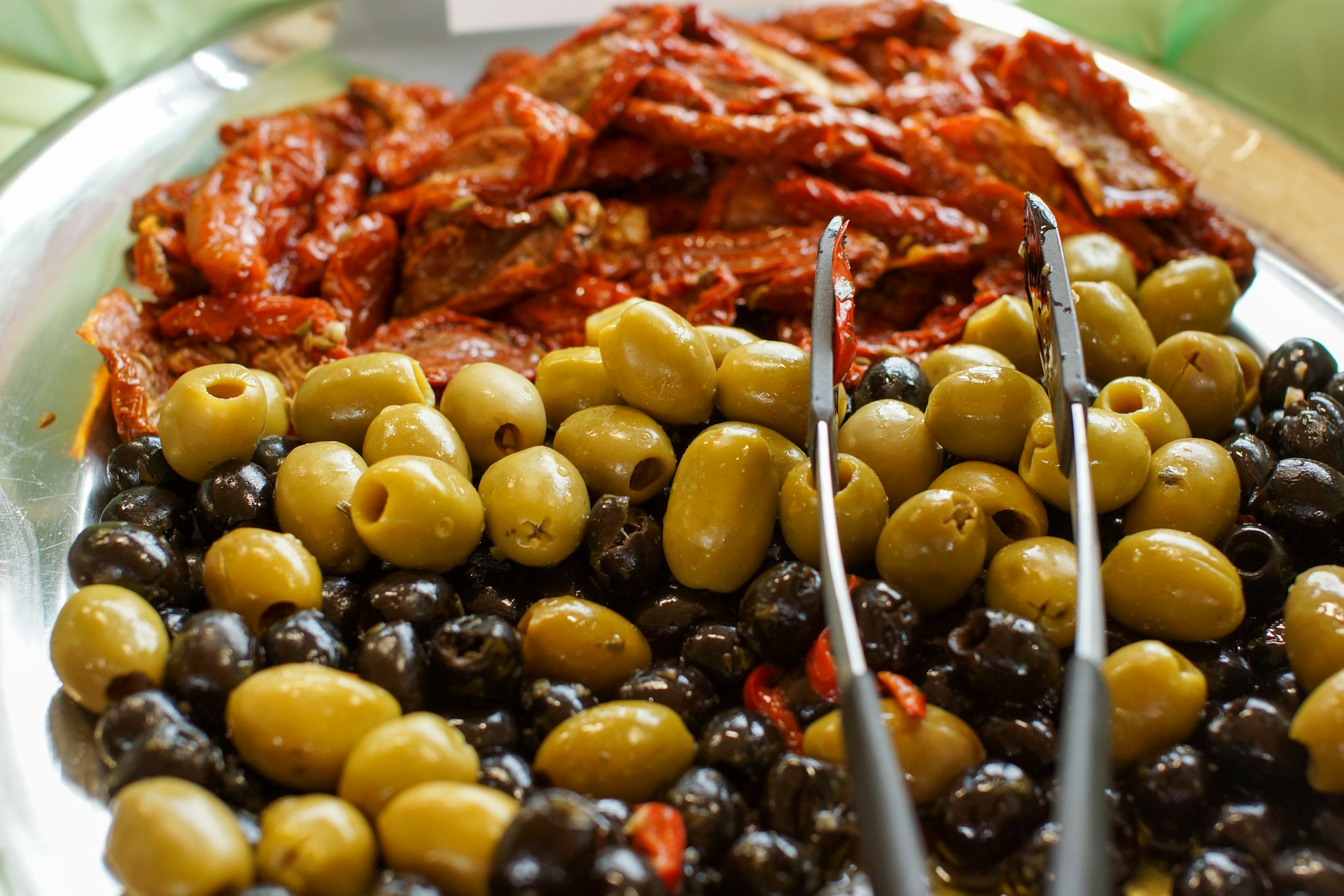Why Pastrami Has Become More Popular Than Brisket

For years, brisket held the spotlight as the crown jewel of slow-cooked meats, especially in barbecue circles. Its tender texture and rich, smoky profile made it a favorite for pitmasters and food lovers alike.
But lately, pastrami has been stealing that spotlight. What was once seen as a niche New York deli specialty is now popping up on barbecue menus, sandwich shops, and even fine dining plates.
The shift isn’t just about taste. It’s also about versatility, cultural crossover, and changing food trends that celebrate bold, spiced flavors. Pastrami offers an experience that feels indulgent yet approachable.
So why is pastrami gaining ground over brisket? Let’s break down the differences, history, and reasons behind this growing trend.
The Flavor Factor: Why Pastrami Stands Out

Pastrami has a distinct advantage when it comes to flavor. Unlike brisket, which leans heavily on smoke and fat, pastrami gets an extra boost from brining, seasoning, and steaming. The result is a layered profile that balances salty, smoky, peppery, and slightly tangy notes.
This complexity makes pastrami more exciting for adventurous eaters. Where brisket can sometimes feel heavy or one-dimensional, pastrami delivers a punch that cuts through the richness with spice and aroma.
Restaurants are also finding that pastrami adapts well to creative dishes, from hearty sandwiches to small plates with gourmet twists. It satisfies nostalgia while offering chefs plenty of room for innovation.
Brisket’s Simplicity as a Double-Edged Sword
Brisket’s appeal has always been its straightforward richness. When smoked low and slow, the meat becomes melt-in-your-mouth tender, and its buttery fat cap draws plenty of fans.
But that same simplicity can also work against it. Without expert handling, brisket risks turning dry or bland. Compared to pastrami’s built-in spice and curing process, brisket requires more precision to consistently impress diners.
Pastrami’s Global Influence on Menus
The rise of pastrami also reflects its global adaptability. From Eastern European Jewish delis to modern fusion restaurants, pastrami’s roots and reinventions give it an edge. It feels at home in both classic rye sandwiches and experimental small plates.
That adaptability helps it stay relevant across different food cultures, while brisket remains more tied to barbecue traditions.
The Cultural Pull: Deli Nostalgia Meets Modern Dining

Part of pastrami’s surge comes from nostalgia. Jewish delis in New York popularized it in the early 20th century, and many diners still associate it with classic sandwiches piled high on rye bread with mustard.
But nostalgia alone doesn’t explain its comeback. Chefs are reinventing pastrami in tacos, salads, and charcuterie boards, giving it new life for younger audiences. It’s comfort food reimagined for modern palates.
This blending of old and new allows pastrami to reach both longtime fans and newcomers curious about its history and flavor.
Brisket’s Regional Stronghold
Brisket will likely always dominate barbecue in the American South and Texas. Its place in tradition makes it a cultural icon that won’t fade anytime soon.
Yet outside those regions, pastrami resonates more broadly. It carries a sense of heritage while still feeling versatile enough to cross boundaries, which helps explain its wider appeal in urban dining scenes.
Pastrami as a Trend Setter
Food trends often reward dishes that feel both familiar and surprising. Pastrami checks both boxes. Diners recognize it from classic delis, but they also encounter it in new, Instagram-worthy creations.
That balance of recognition and novelty is driving curiosity and repeat orders.
Practical Reasons: Cost, Convenience, and Versatility

Beyond flavor and culture, practical factors also play a role in pastrami’s rise. For restaurants, pastrami offers a reliable return. Its curing and seasoning help mask imperfections in the cut, meaning it’s easier to prepare consistently than brisket.
Brisket, on the other hand, is notoriously tricky. It takes hours of attention and the right fat-to-meat balance to cook properly. That makes it riskier for kitchens trying to control costs and maintain quality.
Pastrami’s Place in Modern Diets
Consumers are also shifting toward bold flavors in smaller portions, and pastrami fits that niche. A little goes a long way in a sandwich or salad, making it both satisfying and portion-friendly.
Brisket’s heavier profile doesn’t always align with these preferences, especially as diners look for indulgence without overcommitment.
Why Pastrami Is Winning the Moment
Brisket hasn’t disappeared, but its reign as the undisputed star of slow-cooked meats is being challenged. Pastrami’s layered flavor, cultural versatility, and practical advantages make it a rising favorite for both chefs and diners.
It taps into nostalgia while embracing reinvention, which is a rare balance in the food world. That combination ensures it will keep showing up in unexpected places, from deli counters to fine dining menus.
In short, pastrami isn’t just having a moment; it’s shaping the future of how we enjoy cured and smoked meats.







